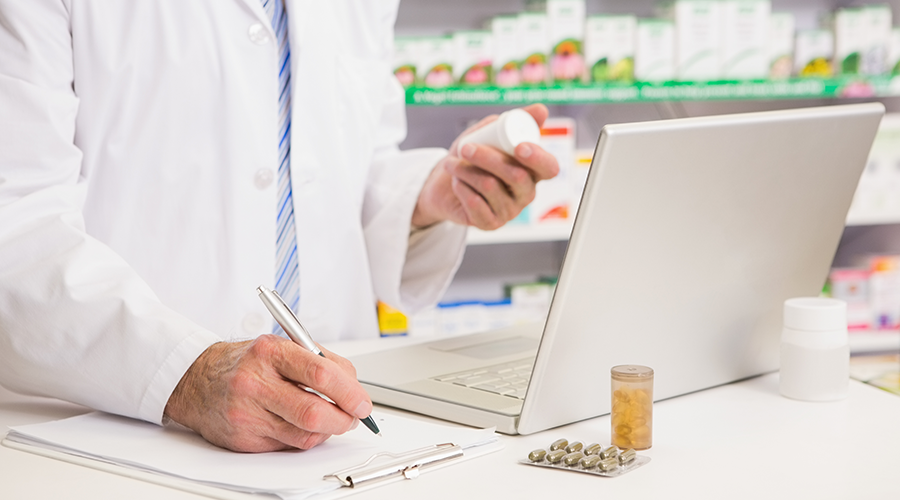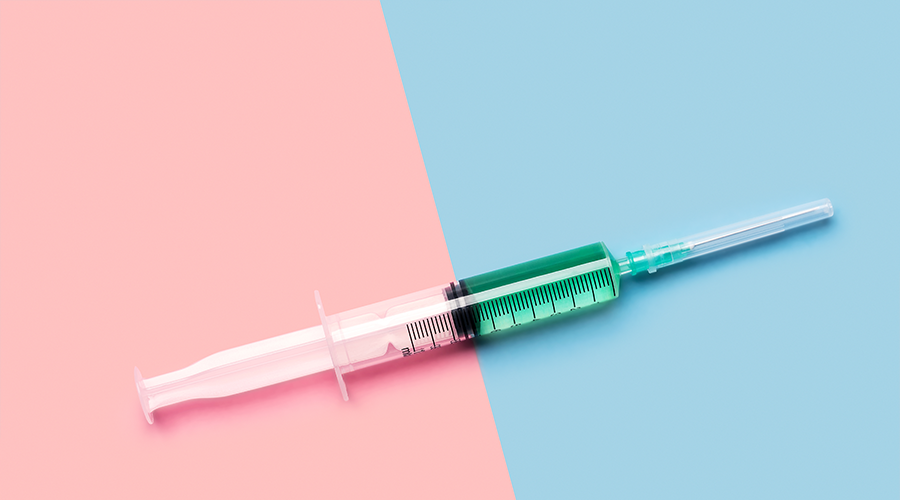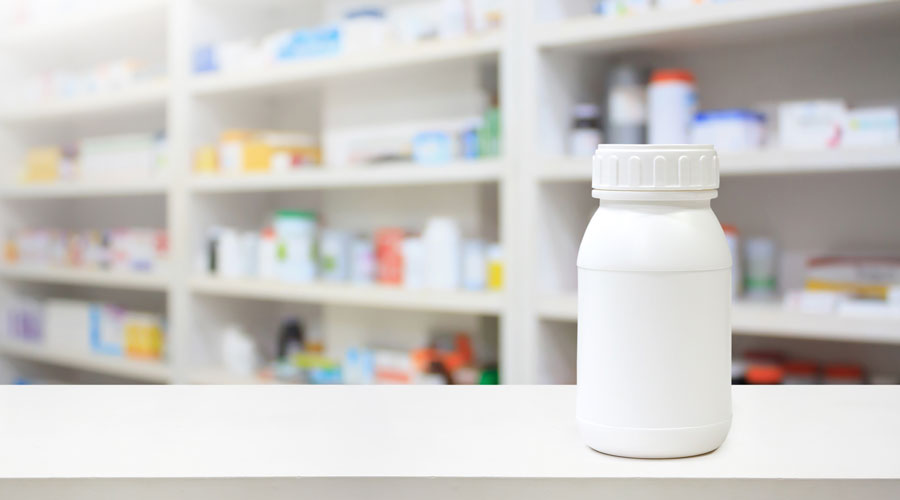Inside: The 2020 NCPA Digest gives insight into recent trends in independent pharmacy.
The NCPA recently released its annual Digest, and on its face, some of the financial trends weren’t encouraging. In 2019, profit margins remained steady while average sales decreased and pharmacist wages fell for the first time since 2014. But there was also good news: pharmacies are continuing to make inroads providing clinical care, technology is making pharmacies more efficient, and pharmacies are experimenting with new payment models.
Here are the most important takeaways from the trends established in the 2020 NCPA Digest.
Trend: Continued Focus on Clinical Care
The 2020 Digest highlights the dramatic increase in the number of pharmacies providing clinical services. In 2019, 57.5 percent of pharmacies were scheduling appointments to provide services to patients, compared to 36.4 percent only five years earlier.
These services have proven vital during the COVID-19 pandemic, and they also provide an important health safety net for rural patients and patients that live in other medically underserved communities. Independent pharmacies have proven crucial in helping these more vulnerable patients manage chronic conditions and receive needed immunizations.
These are just a few clinical services that independent pharmacies are finding success with.
Long-term care
Independent pharmacies are building relationships with long-term care facilities like nursing facilities, assisted living facilities, group homes, and more, by providing medications and services like nutrition assessment, infusions, and other medical equipment.
This year’s Digest reported that 47 percent of pharmacies provide some sort of long-term care service in their community.
Adherence assistance
Pharmacists help patients take their medications as prescribed with adherence services. Non-adherence can be costly, both for the pharmacy’s bottom line and the patient’s health, and 91 percent of pharmacies now offer comprehensive adherence services.
Seventy-nine percent of pharmacies reported offering medication synchronization to patients, and 61 percent call patients 4 to 10 days in advance to remind them to pick up their medications.
Working with other healthcare providers
Pharmacies are able to give more comprehensive clinical care in part because they are working more closely with other healthcare providers. One way pharmacies do this is by establishing a collaborative practice agreement with a physician, which 43 percent report doing.
Another 15 percent have access to electronic medical records, and around 20 percent contract a non-pharmacy healthcare worker like a nutritionist, physician’s assistant, nurse, or other to work in their practice. This trend makes independent pharmacists part of a larger healthcare team.
Editor’s picks
The Best (and Only) Way to Maximize Wholesaler Rebates
How to Make Immunizations a Pharmacy Profit Center
Is Owning a Pharmacy Profitable?
Diabetes prevention
Pharmacies are in a unique position to support pre-diabetic patients through a program like the National Diabetes Prevention Program, which encourages behavior changes like healthier eating, increased physical activity, and stress management.
The NCPA has recently launched a new initiative with the Association of Diabetes Care & Education Specialists and OmniSYS to reduce the financial burdens for pharmacies who want to participate in the National Diabetes Prevention Program.
Point-of-care testing
Pharmacies that provide point-of-care testing not only earn revenue from the services themselves, but the supplies people buy to treat any symptoms they are currently experiencing.
The top point-of-care tests independent pharmacies provide are:
- Influenza, 22 percent
- Rapid strep, 19 percent
- Cholesterol screening, 12 percent
- Hemoglobin A1C, 9 percent
Other wellness services
Independent pharmacies continue to play an important role in immunizing their communities, with 77 percent offering flu shots and 73 percent offering other types of vaccinations. This sets up pharmacies to be a prime destination for patients seeking out the COVID-19 vaccine when it becomes available.
They also provide other wellness services that help patients maintain their health like lipid and blood pressure monitoring for people at risk of cardiovascular disease, asthma management, weight management, smoking cessation, and diabetes training.
Trend: Dominance from Third-Party Payers (With Signs of Change)
Third-party payers are reimbursing for 90 percent of all prescription drugs, with Medicare Part D and Medicaid covering 55 percent of all prescriptions filled. Below-cost reimbursement from third parties continues to be a pervasive issue.
However, 10 percent of prescriptions are paid for in cash, and some independent pharmacies have been exploring alternative payment options. CPESN networks are continuing to grow, connecting payers and pharmacies directly, sidestepping the influence of PBMs.
Pharmacies can also combat low reimbursement from third parties with ProfitGuard from PBA Health. By getting you better terms on your wholesaler contract and optimizing your purchasing, ProfitGuard helps you maintain profit margins even when faced with dwindling reimbursements from third-party payers.
Trend: Adopting Advanced Technology
New technological developments have improved accuracy, workflow, and inventory management in independent pharmacies. This is the tech that the Digest found to be most prevalent in pharmacies:
- Point-of-sale
- Automated dispensing counter
- Telephone interactive voice response system
- Mobile commerce and signature capture
- Automated dispensing system
Pharmacies are continuing to use social media to reach their patients, and the number of pharmacies using a mobile app has grown to 77 percent.
Trend: Adjusting to COVID-19
Independent pharmacies have been on the front lines of the coronavirus pandemic since this spring, and it has caused some rapid changes in how pharmacies do business. In the 2020 Digest, the NCPA included some insights from surveys it conducted between April and August of this year.
It found that 86 percent of respondents are planning on administering COVID-19 vaccines when they are available, while many want to administer COVID-19 testing, there are significant barriers to obtaining test kits that are authorized by the FDA. Many are worried that there will be trouble getting reimbursed for testing services as well.
Inside the pharmacy, plexiglass barriers, masks and gloves, curbside and drive-thru pick-up, and online ordering remain the norm. Forty percent of respondents believed that telehealth will continue to expand after the pandemic.
On the financial side, 90 percent of pharmacies said they would apply for aid under the CARES act, and 66 percent said they are seeing negative cash flow issues because of the pandemic that will make it harder for them to stay in business.
Independent Pharmacy By the Numbers
These numbers provide a snapshot of the state of independent pharmacy in 2019:
- 21,683 independent pharmacies in the United States
- An average of 57,414 prescriptions dispensed per pharmacy location, at a charge of $55.86
- 94 percent of pharmacy sales come from prescription drugs, and annual sales per location average $3.4 million
- The average independent pharmacy owner owns 2.1 locations with 9.2 employees per location
- 58 percent of independent pharmacies provide monetary support to five or more organizations in their community
- 59 percent have an employee or owner who is a member of the local chamber of commerce
An Independently Owned Organization Serving Independent Pharmacies
PBA Health is dedicated to helping independent pharmacies reach their full potential on the buy side of their business. The company is a member-owned organization that serves independent pharmacies with group purchasing services, expert contract negotiations, proprietary purchasing tools, distribution services, and more.
PBA Health, an HDA member, operates its own NABP-accredited (formerly VAWD) warehouse with more than 6,000 SKUs, including brands, generics, narcotics CII-CV, cold-storage products, and over-the-counter (OTC) products.
Want more pharmacy business tips and advice? Sign up for our e-newsletter.















